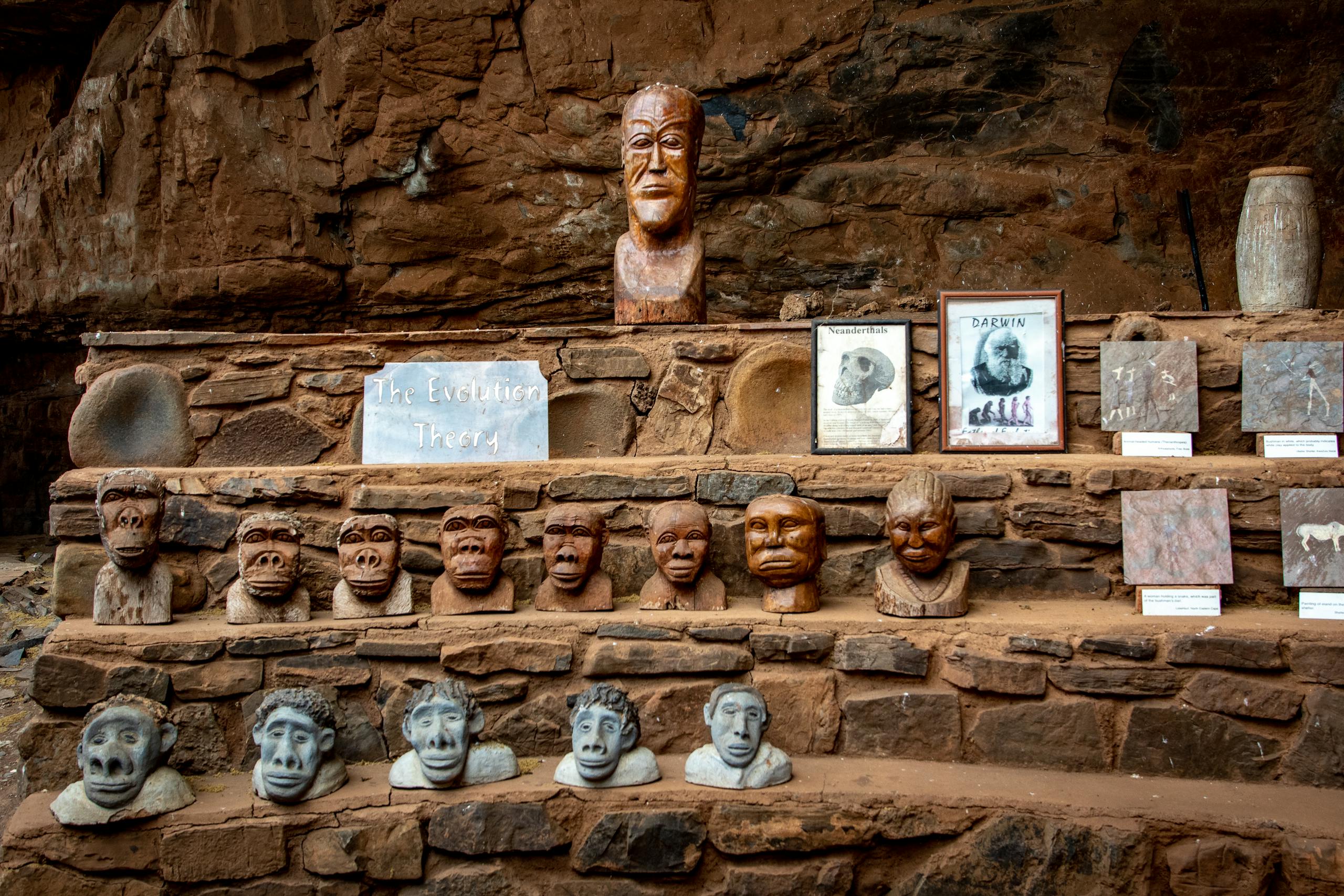The short answer: it is a patchwork. Most individuals outside Africa carry roughly 1–2% Neanderthal ancestry, yet those percentages are made up of different pieces spread across the population like shards of a broken mosaic.
How Neanderthal DNA entered human genomes
As modern humans moved out of Africa around 50,000–60,000 years ago, they encountered Neanderthals in regions spanning the Middle East and Europe. Genetic studies show that these groups interbred multiple times over thousands of years. The result is that many people with ancestry from Europe and Asia retain a small fraction of DNA inherited from those encounters.
The picture is not uniform. People with primarily African ancestry generally carry much less Neanderthal DNA, though some do have small amounts due to later back-migration of Eurasian populations into Africa. Meanwhile, some groups in Oceania and parts of Asia carry DNA from another archaic cousin, the Denisovans, on top of Neanderthal contributions.
A patchwork, not a carbon copy
When geneticists first reconstructed a Neanderthal genome in 2010, led by Svante Pääbo’s team, it unlocked a new way to search modern genomes for archaic segments. Follow-up studies in 2014 by Sriram Sankararaman and colleagues, and independently by Benjamin Vernot and Joshua Akey, mapped those fragments across thousands of people. Their conclusion was striking: while any one person typically carries only about two percent, different people carry different pieces. Added together across the population, roughly one-fifth of the Neanderthal genome still exists in living humans.
That mosaic arises from how DNA is passed down. Each generation reshuffles chromosomes through recombination, slicing and swapping stretches of DNA. Over tens of thousands of years, those Neanderthal segments were chopped into smaller and smaller pieces and distributed unevenly. You might carry a bit near one gene, while your neighbor carries a different bit far away on another chromosome.
What those fragments do—and don’t do
There is no single “gene for toenails” or “gene for earlobes” to inherit from Neanderthals. Most physical and behavioral traits arise from the combined action of many genes, each with small effects, interacting with environment. That said, researchers have identified a few clusters where Neanderthal-derived variants appear more often than chance, hinting at useful functions in the past.
Some of the most robust examples involve the immune system. Variants in toll-like receptor genes (such as TLR1, TLR6, and TLR10) and other immune-related regions likely helped early modern humans confront unfamiliar pathogens outside Africa. Other enriched regions include genes involved in skin and hair keratin, which may have influenced how our ancestors’ bodies handled colder, drier climates and new daylight cycles at higher latitudes.
There are also links to modern health. Studies have associated certain Neanderthal-derived variants with lipid metabolism, blood clotting, and risks for conditions such as type 2 diabetes and some autoimmune diseases. These effects tend to be modest; they nudge probabilities rather than determine destinies. Lifestyle, environment, and the rest of your genome usually matter far more than any one archaic fragment.
Why some pieces disappeared
If around 20% of the Neanderthal genome is still out there in aggregate, what happened to the rest? Natural selection appears to have purged many archaic variants that were harmful or mismatched with modern human biology. The “deserts” of Neanderthal ancestry—regions nearly devoid of archaic DNA—are especially frequent near genes expressed in the testes and on the X chromosome, consistent with reduced male fertility in ancient hybrids.
The Neanderthal Y chromosome itself seems to have vanished entirely from today’s populations. Analyses comparing ancient and modern Y chromosomes suggest that incompatibilities or simple demographic chance eliminated that lineage over time. The surviving Neanderthal segments are those that proved neutral or beneficial enough to persist through millennia of reshuffling and selection.
What your percentage actually means
When a DNA test reports “2% Neanderthal,” it is summarizing the fraction of your genome that closely matches known Neanderthal sequences. It does not mean you inherited the same 2% as anyone else. Two individuals with the same overall percentage can share very few of the exact same archaic segments.
Crucially, that percentage is not a trait checklist. Most Neanderthal-matching sequences sit in noncoding regions of the genome that regulate when and where genes turn on, or they are in stretches with no clear function at all. The idea of “junk DNA” has evolved in recent years—many noncoding regions matter—but plenty of DNA changes are effectively neutral. Without careful functional studies, it is impossible to draw straight lines from a specific Neanderthal segment to a specific visible feature.
How scientists trace the fragments
Researchers identify archaic segments by comparing modern genomes to high-quality Neanderthal and Denisovan sequences from ancient bones. Segments that are unusually similar to Neanderthals, rare or absent in Africans, and arranged in long blocks are prime candidates for introgression. Statistical tools then map these segments across many individuals to reveal where they cluster or vanish.
Over time, recombination cuts those blocks into smaller pieces, making them harder to spot in any one person. That is why large datasets—hundreds of thousands of genomes—paired with improved ancient DNA references have been crucial. As these resources grow, scientists continue to refine which fragments persist, where selection was strongest, and how archaic DNA contributes to human diversity and disease risk today.

